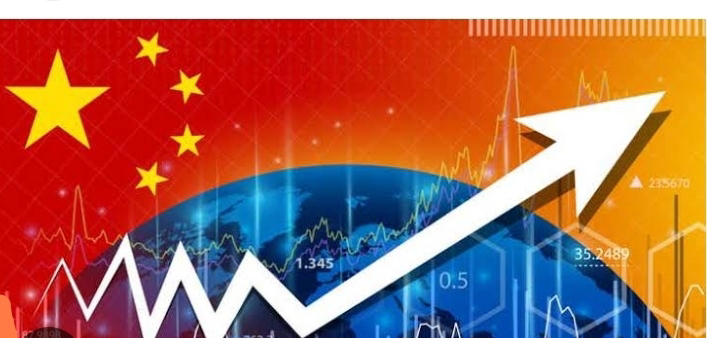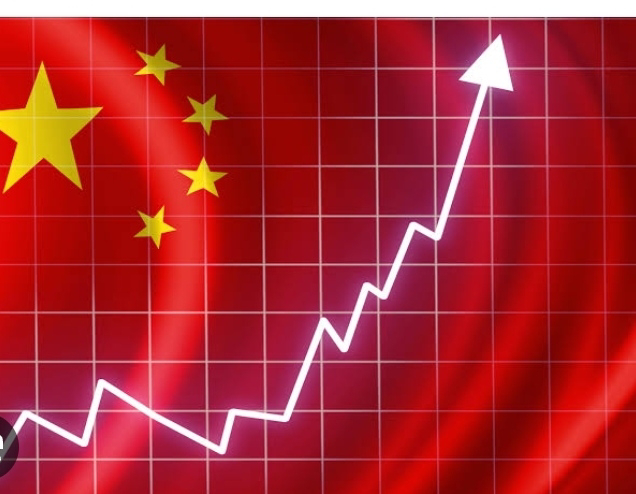I. Historical Development:
China's economic history dates back thousands of years, characterized by various dynasties and periods of prosperity. However, it was in the late 1970s that China embarked on a series of economic reforms and introduced market-oriented policies. These reforms, spearheaded by Deng Xiaoping, aimed to shift China from a centrally planned economy to a more market-based system.
II. Economic Reforms and Opening-Up:
China's economic reforms and opening-up policies brought about significant changes to its economic landscape. Key reforms included the establishment of Special Economic Zones (SEZs), liberalization of foreign trade and investment, privatization of state-owned enterprises (SOEs), and the introduction of market mechanisms. These reforms spurred economic growth and attracted foreign direct investment (FDI), leading to the emergence of export-oriented manufacturing industries.
III. Key Sectors:
a. Manufacturing: China's manufacturing sector has been a major driver of its economic growth. The country has become known as the "world's factory," specializing in labor-intensive industries such as textiles, electronics, toys, and furniture. The manufacturing sector benefited from low labor costs, a vast pool of skilled workers, and supportive government policies.
b. Services: The services sector has been increasingly important for China's economy, contributing significantly to employment and GDP. It encompasses a wide range of industries, including finance, retail, tourism, telecommunications, and e-commerce. China's growing middle class and urbanization have fueled domestic consumption and demand for services.
c. Agriculture: Although the share of agriculture in China's GDP has declined over the years, it remains crucial for food security and rural employment. China is the world's largest producer of rice, wheat, and other agricultural commodities. The sector faces challenges such as land scarcity, environmental concerns, and the need for modernization.
IV. International Trade:
China has become a global trading powerhouse, playing a central role in the global supply chain. It has benefited from its vast labor force, infrastructure development, and competitive manufacturing capabilities. China is now the world's largest exporter of goods and the second-largest importer. Its main trading partners include the United States, European Union, ASEAN countries, and Japan.
V. Challenges and Structural Issues:
a. Income Inequality: China faces significant income disparities between urban and rural areas, as well as within regions. The rapid economic growth has led to an unequal distribution of wealth, posing challenges to social cohesion and sustainable development.
b. Environmental Concerns: China's rapid industrialization has resulted in severe environmental degradation. Air and water pollution, deforestation, and climate change are major challenges that require sustainable solutions. The Chinese government has taken steps to address these issues, promoting green technologies and stricter environmental regulations.
c. Debt and Financial Risks: China's rapid credit expansion and reliance on debt to fuel growth have raised concerns about financial stability. The high level of corporate debt, shadow banking activities, and potential risks in the real estate sector are areas of focus for policymakers.
VI. Future Prospects:
China's economy continues to evolve, driven by ongoing reforms and the pursuit of technological innovation. The government's "Made in China 2025" plan aims to transform the country into a global leader in high-tech industries such as artificial intelligence, robotics, and renewable energy. China's growing middle class, urbanization, and increasing consumption present opportunities for domestic and international businesses.
Conclusion:
China's economy has witnessed remarkable transformation over the past few decades, propelling the country to become a global economic powerhouse. Through economic reforms and opening-up policies, China has achieved unprecedented levels of growth, lifting millions of people out of poverty. However, the economy faces various challenges, including income inequality, environmental concerns, and financial risks. The future prospects of China's economy remain promising, driven by continued reforms, technological advancements, and domestic consumption. As China's influence on the global stage grows, understanding its economy becomes increasingly crucial for policymakers, businesses, and individuals around the world.







0 Comments